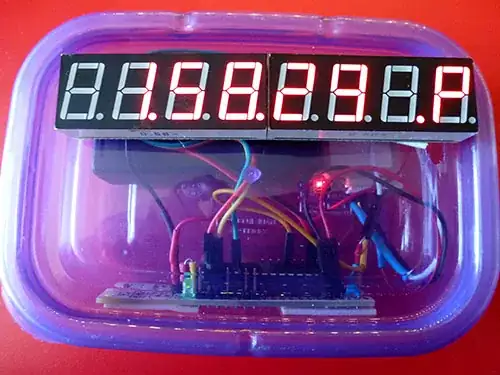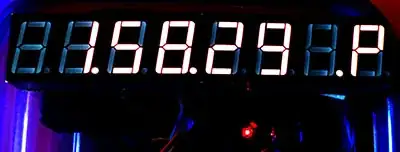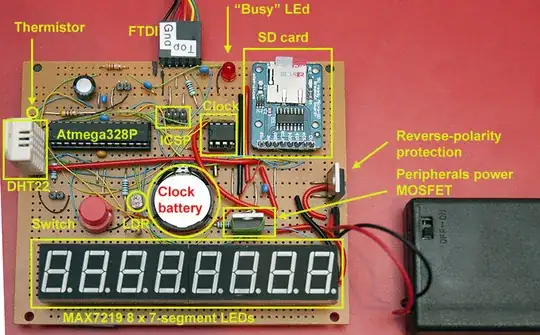For this "rule", and for many "rules" like this, the answer is "it's more of a guideline" (usually "it's not required, but may be easier that way").
Keeping time requires 3 things: an accurate "tick", a way of knowing the time initially, and counting the time since then.
The (16mHz) clock on the Arduino will give you a reasonably accurate "tick" - on the order of 50 parts per million. That means, over a million seconds, your clock will drift about 50 seconds. This works about (ballpark) 1 minute per fortnight. Is this accurate enough? This depends on what you are using it for.
The next thing on the list is knowing the time initially. If you buy a RTC, it may be set to the right time, or it may not. Even if it is "set", it may not be set to your timezone. Setting these is pretty easy. It will need to be set every time the clock (be it a RTC or your homebrew clock) loses power. For this reason, RTCs usually have a battery back up. How will your clock get it's time when it starts up? Note that, if your project is network connected, you may be able to get the clock from the internet - this will also mean the drift of your clock will not be an issue - you can retrieve it once per day, so it will never drift more than 4 seconds before it gets corrected.
The final thing that it needs (and the easiest) is a way of counting the time. This is probably the easiest - use the millis() function. Note that this overflows (resets to 0) after 4294967296 milliseconds - about once every 50 days. Millis() will tell you the number of milliseconds since the Arduino last rebooted. If you want your clock to run more than 50 days, you need to be prepared to that. This will happen part way through a second.
Note that this will give you milliseconds, and, fairly easily, seconds, minutes, hours. If you want the day (of the month), then you need to keep track of which month and year, since the length of each month will vary, as will leap days.



